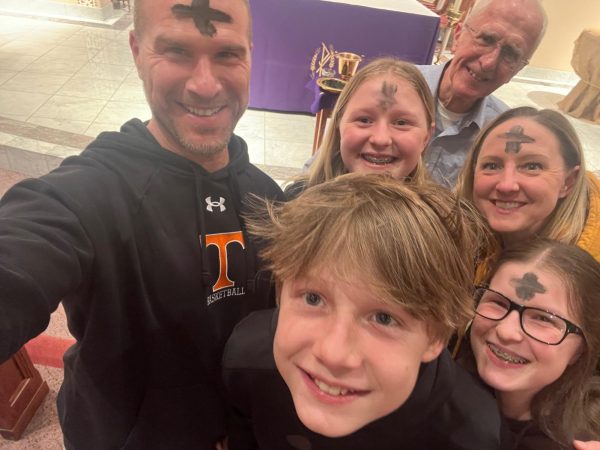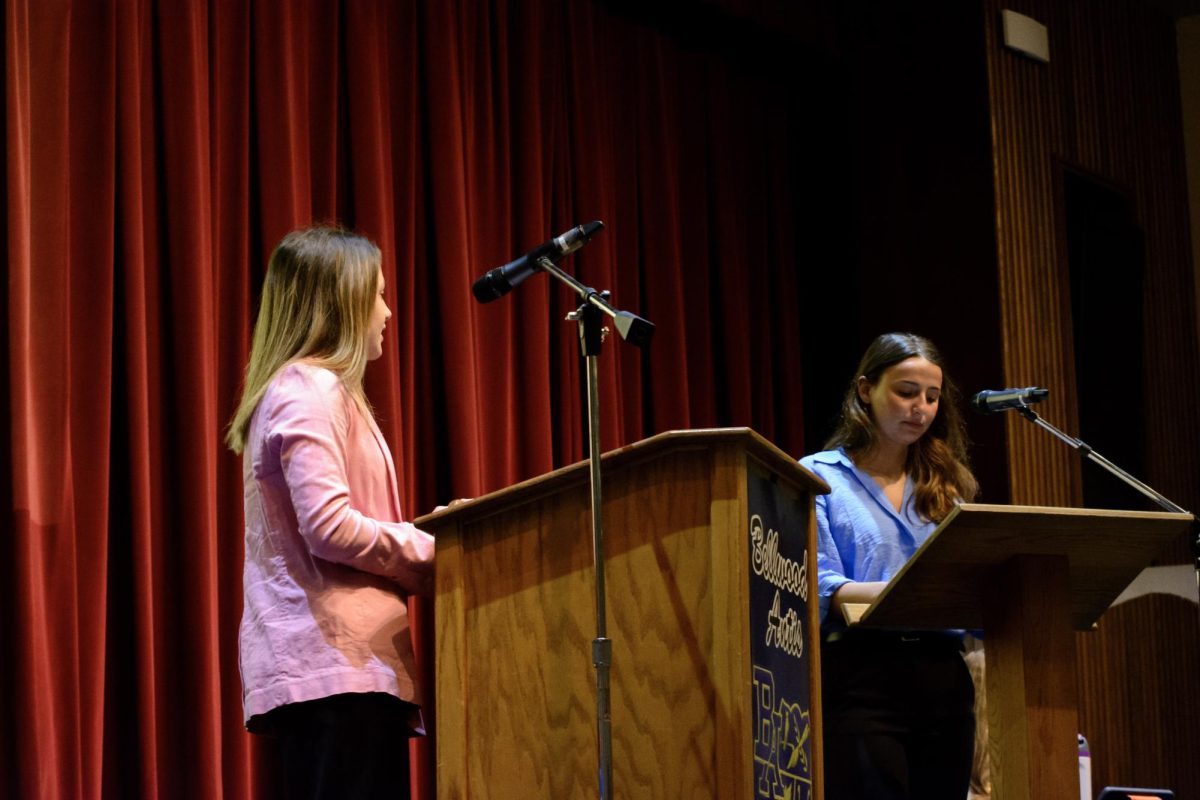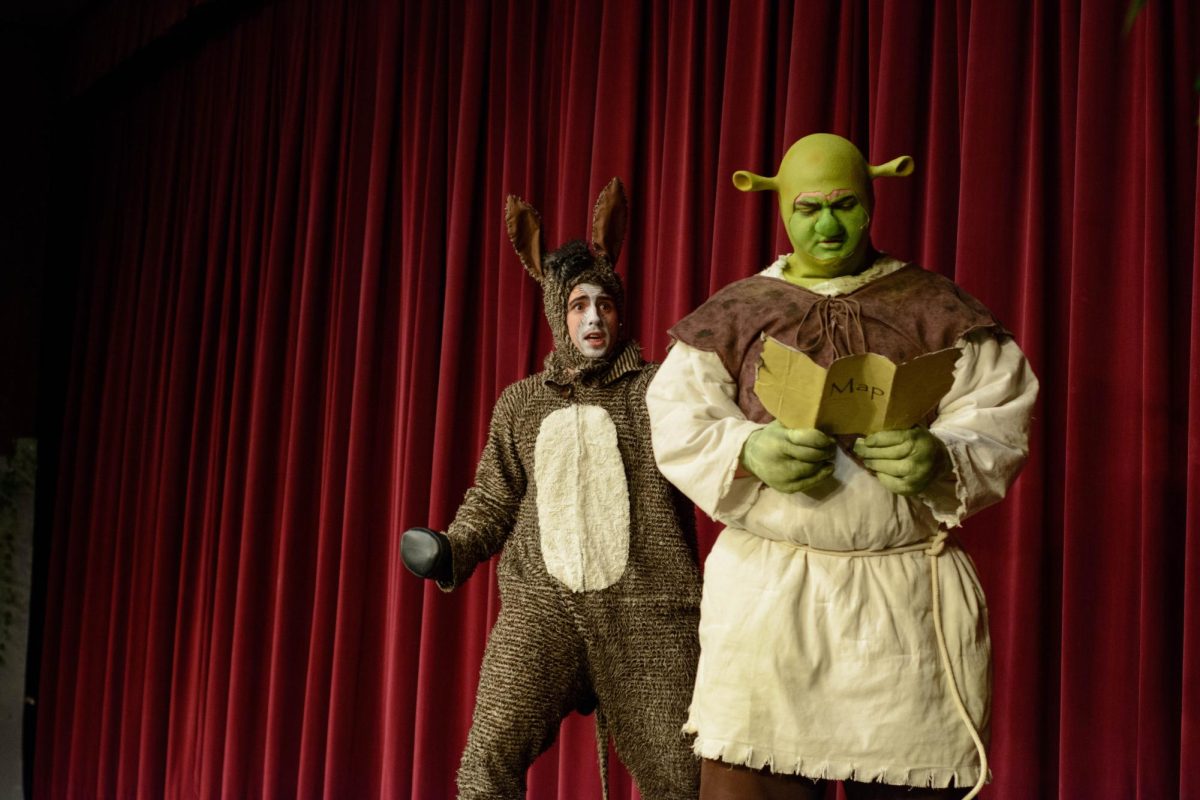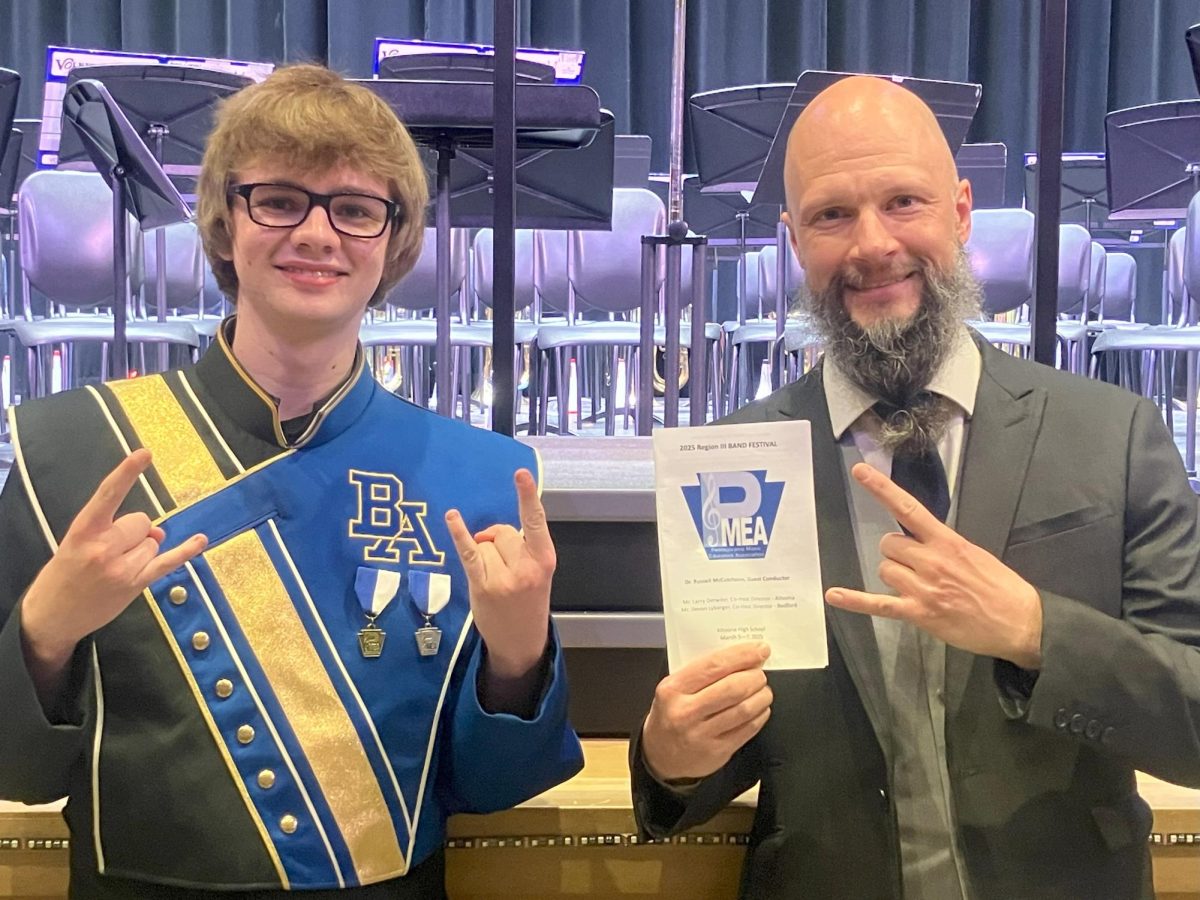Today marks a very important holiday for the Catholic faith and other branches of the Christian religion. It is called Ash Wednesday, a holy day of prayer and fasting that is celebrated and shared throughout many western Christian societies.
It also marks the first day of Lent, the 40-day season leading up to Easter that ends at sundown on Holy Thursday. Lent is a time of fasting and sacrifice as a symbol of penance and spiritual discipline.
This is where the tradition of Ash Wednesday comes in. Today, the Catholics fast throughout the day, attend mass, receive ashes on their forehead, and begin their month-long period of sacrifice and prayer. Many teachers and students at Bellwood-Antis embrace the day and celebrate it openly, even wearing their ashes on their forehead at school.
“It shows that I’m proud to be Catholic,” said junior Cooper Lovrich, who received his ashes in the morning at St. Josephs in Bellwood. “I don’t think about it or worry about it when I come back to school.”

Math teacher Mrs. Stinson, who attends the Cathedral of the Blessed Sacrament, said Ash Wednesday kicks off the holiest time of the year. “This time of year is a time to grow closer to God…reflection, repentance, and renewal are at the forefront of my Lenten hopes.”
Sacrificing does not always mean simply giving up food or your favorite video game. Lenten sacrifices are deeper than that.
“They are a reminder of the sacrifice Jesus made for the people,” says history teacher Mr. Gary Rhone, who attends St. Mary’s in Altoona. “Lenten sacrifices knock you off daily complacency and require you to participate in taking action and not simply observing your faith.”
Sacrifices are also a sign that we can surpass our fleshly desires, according to Mr. Lovrich.
“Lent is also giving alms to the less fortunate,” said Mr. Lovrich, who attends St. Josephs, “along with more prayer and sacrificing.”
Sacrifices are not the only thing important aspects of this holiday. Of course, ashes play an important role too. The gesture originated from the Old Testament, when people used ashes as a common sign of repentance for sins and a sign of one’s humility before God. The ashes for Ash Wednesday are made from burning the palms from Palm Sunday and spreading it on one’s forehead in the shape of a cross.
“I like the symbolism behind it,” Math teacher Mrs. Holly Carney, who attends Sacred Heart in Altoona, said. ”’To dust we will return’, so focus on your spiritual wellbeing and not other things.”

Teachers and students often cannot get ashes before the school day so they go afterwards to their local church. St. Joes in Bellwood offers a service this evening at 6 p.m.
Lovrich didn’t wait that long and instead went at 8 a.m. Other B-A students who received ashes during the day included Palynn Gregg, Blake Pennington, Haley Evans, and Marissa Cacciotti.
“It shows you holding to the tradition of your religion,” said Evans, who also goes to St. Joes. “Coming to school after getting ashes shows you are not embarrassed by your religion.”
Everyone’s sacrifices may be different. Many people will give up a food like sweets, but others will do maybe more physical sacrifices like giving up bad habits like video games.
“I try and do the fasting and giving things up also. I encourage my boys to do the same,” Mrs. Carney said.
A further Lenten sacrifice comes every Friday during the season when Catholics abstain from eating meat, which makes fish fries, like the one hosted at the Excelsior Fire Hall, very popular.
“It’s a sacrifice to go every Friday without meat, for sure,” said Mr. Naylor, who attends St. Matthews in Tyrone. “But in some ways you’re still gorging yourself on delicious fried fish at fish fries. That’s why to me the season and the sacrifices are way more about doing things with your family and your church community. We’re all acting as one. We’re showing our commitment together and upholding and advancing the culture of our faith. It would be easy to just go to service every Sunday and be done with it, but being Catholic is a culture. It’s a way of life.”
Along with being a culture, there’s tradition that has been passed down to generations.
“I have been a Catholic my entire life so this is something that my parents and grandparents all showed me was apart of my faith and an opportunity to allow God to work even more in my life during this time of year,” says Mrs. Stinson. “We understand the sacrifices that Jesus made for us and what we do is but a fraction of the joy that awaits us.”








